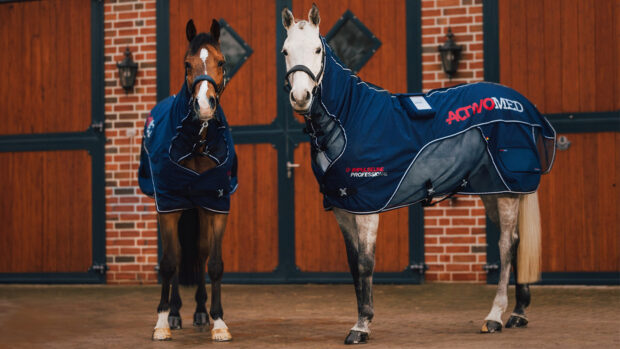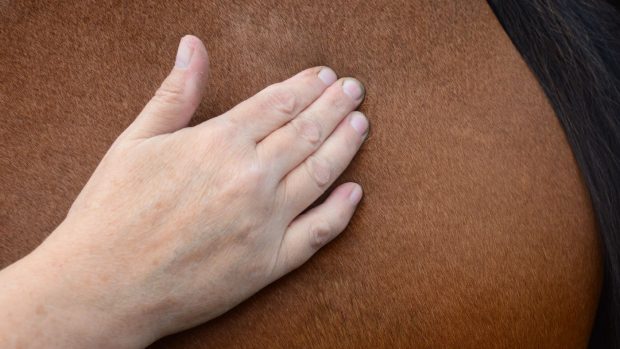Practitioner Jenny Hargreaves explains reiki as “channelling the healing energy that is all around us through my arms and hands.
“It is a simple, non-invasive technique which feels good when you have it done,” she says. “The first horse I treated was my own. He had arthritis in his fetlock joints and the vet was pessimistic. With a person, you start treatment on the head, but I thought this might frighten the horse, so I started on his legs. He absolutely loved it and after that I could work on his head with no problems.”
For Jenny, who is a nutritional therapist and iridologist for humans, reiki was a natural progression. She took a degree for treating people, then a furthercourse for treating animals.
“We treat a huge variety of conditions in horses, from physical to emotional and stress-related. It seems to be particularly effective for laminitis, perhaps because after about 20 minutes’ treatment, the horse can stand more comfortably. Sadly, people don’t always tell me how effective it is in the long-term, but the short-term relief is obvious.
“One of the most dramatic results was on a dog who had kidney problems and had not eaten for a week. It relaxed so well into the treatment that I asked the owner to find some food, which I also treated with healing energy and the dog started to eat.
“There¨s a lot to be said for treating the owner, as well as the horse – often just talking to me about the problem helps people.
“Reiki usually requires several consecutive sessions to work, and we can also do distance healing.”


